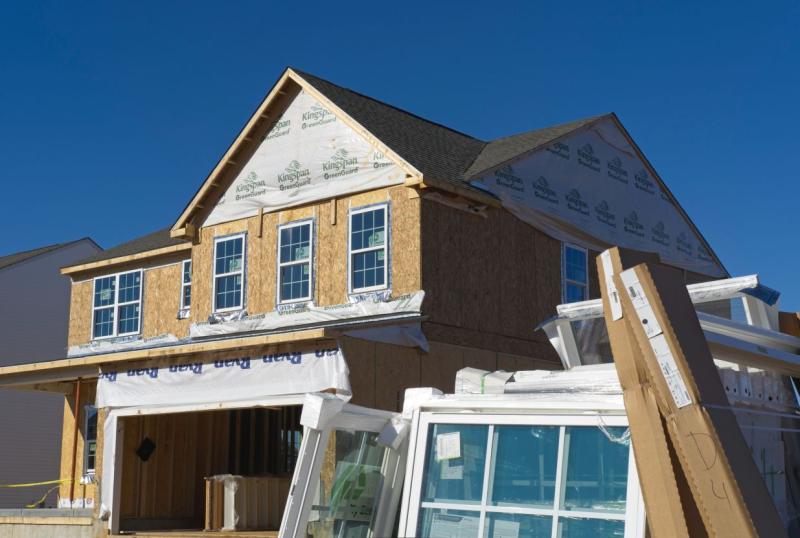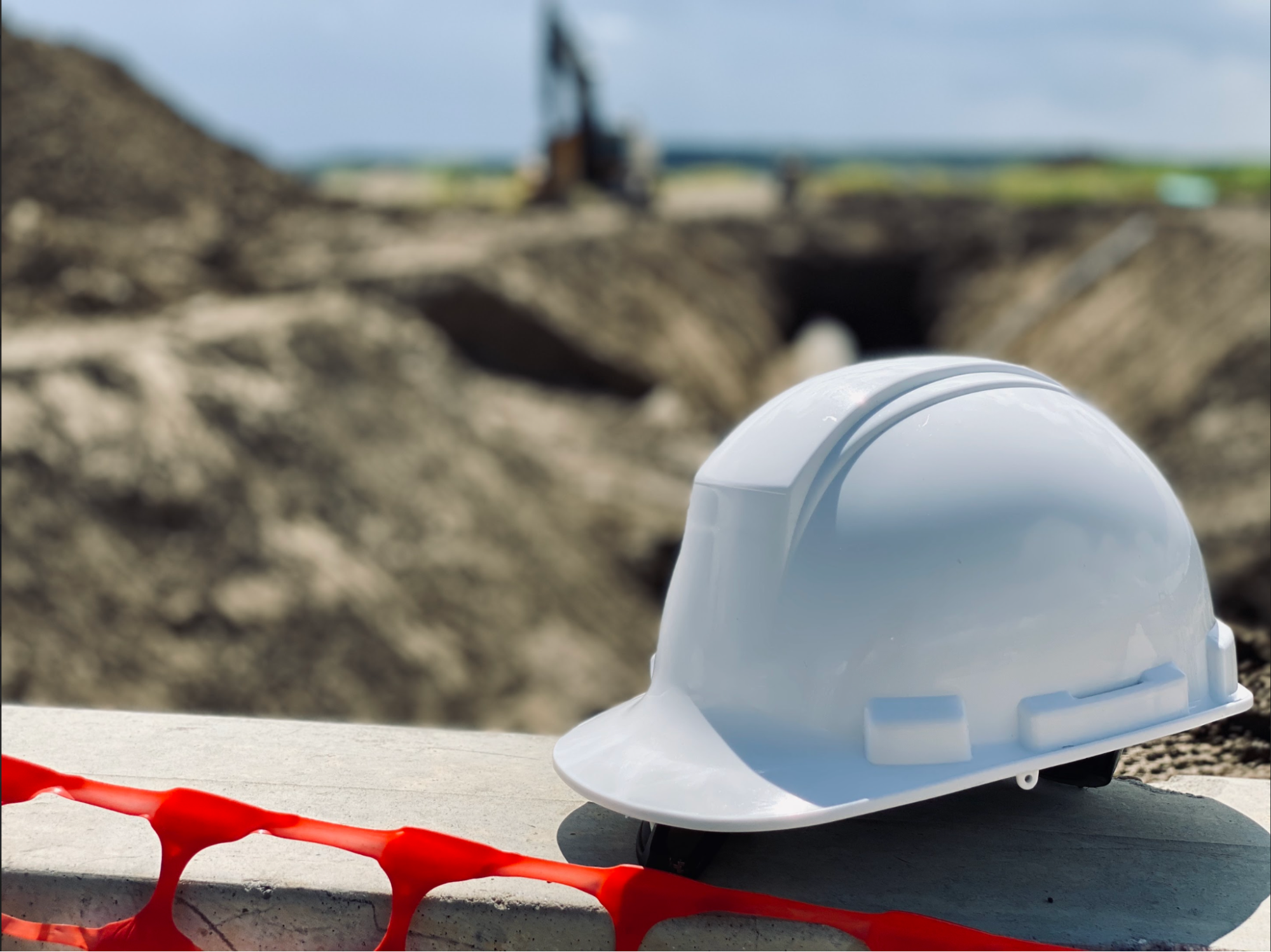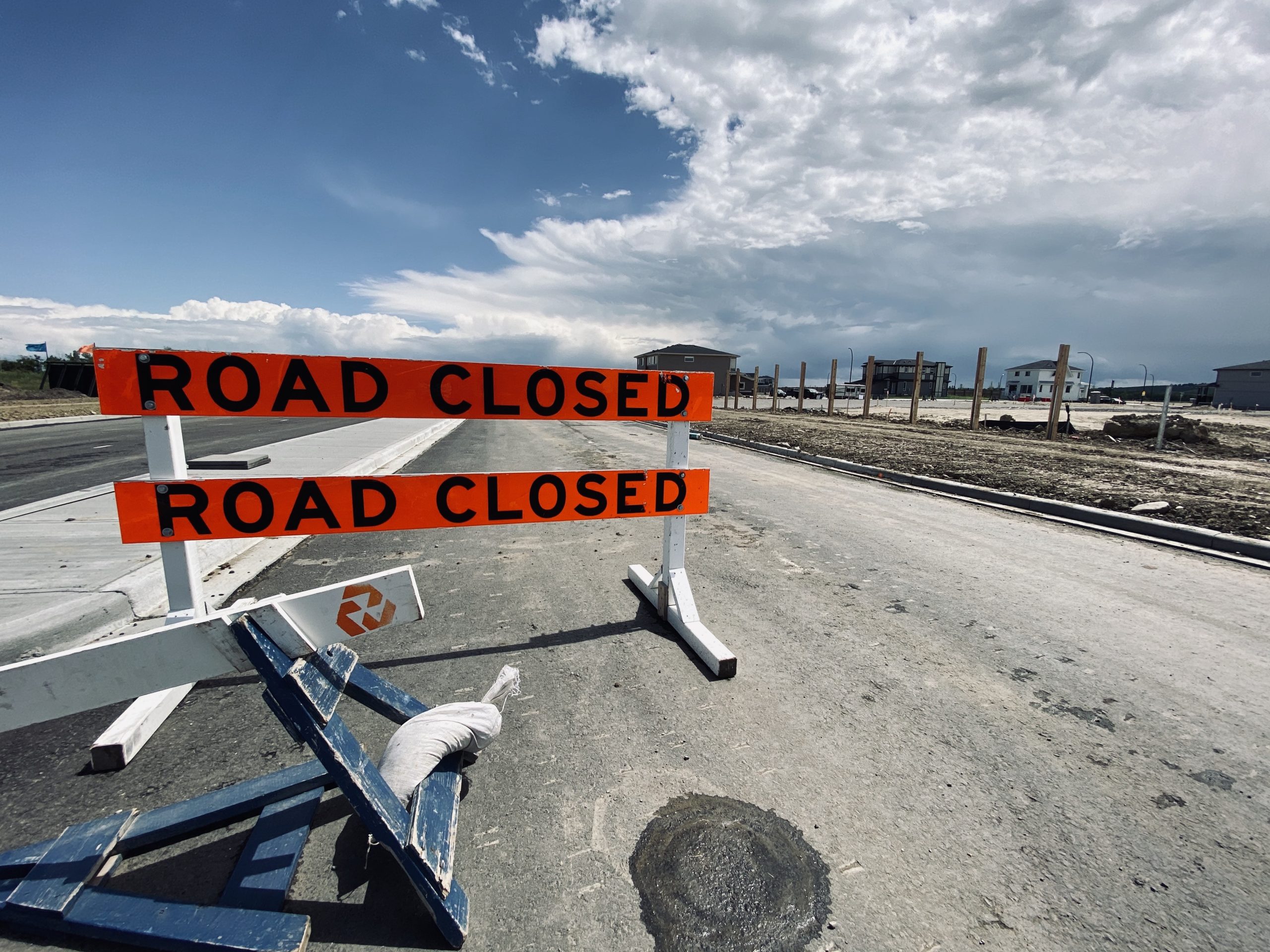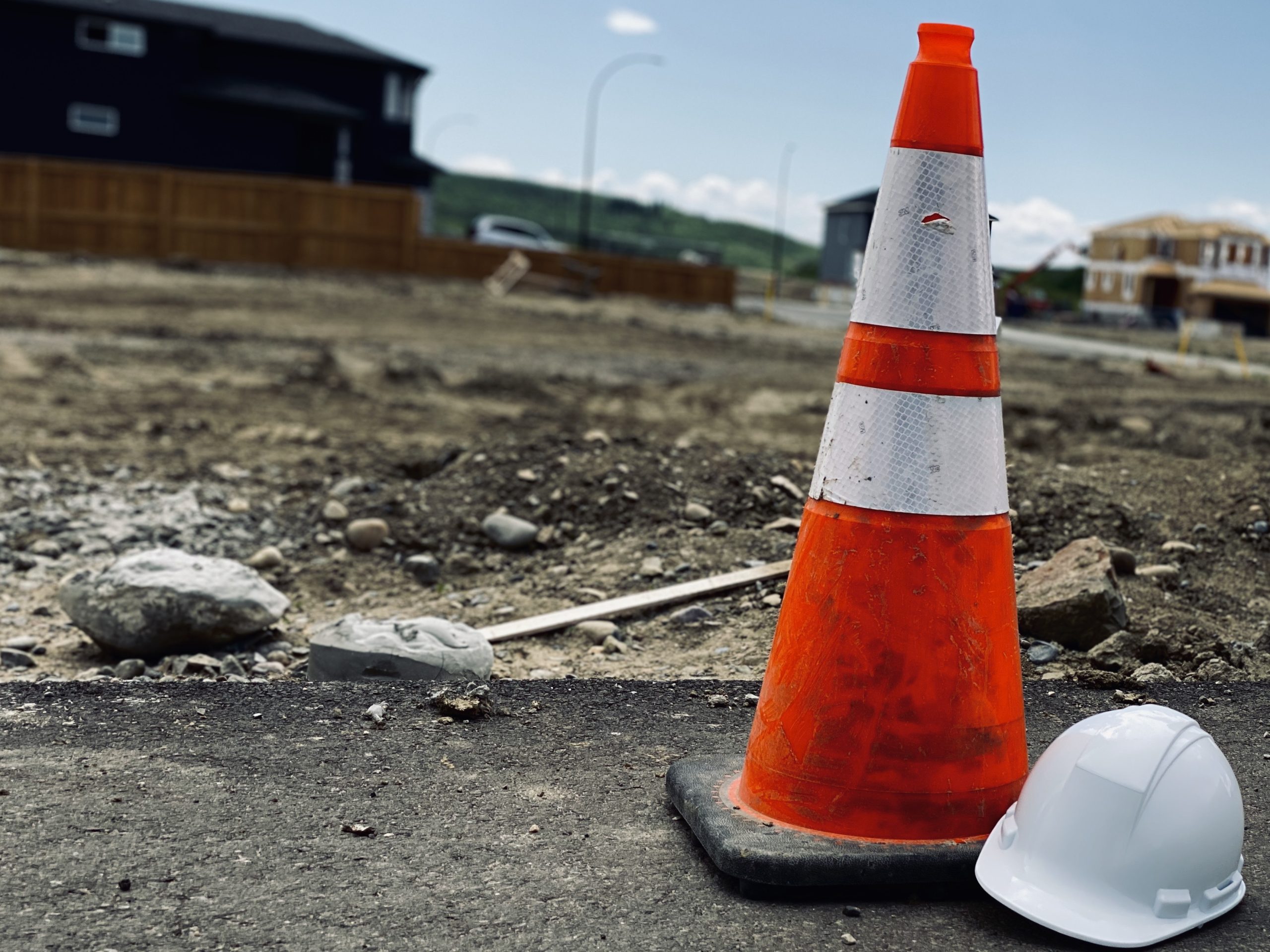An office worker trips on the edge of a rug, grabs a table and rights herself. A truck and trailer roll toward a concrete wall but the driver pulls the emergency brake in time to avoid problems. A door swings open narrowly missing an employee. A construction worker drops a hammer from the roof, but no one is hurt. A worker slips on a liquid spill and falls but does not sustain an injury. These are all near misses.
What is a near-miss incident?
A near miss is an unplanned event that had the potential to cause human injury, environmental damage, equipment damage and/or disruption of normal operations but does not result in any of these outcomes. Near misses are not accidents but could have been if circumstances were slightly different. They’re zero-cost learning opportunities! These events are caused by human error, faulty safety systems and/or faulty processes.
Why pay attention to near misses?
Near misses are a source of information, a learning and improvement opportunity. They’re a warning! If near-miss incidents are investigated (a root cause determined) recorded, shared and appropriate changes put in place, hazards can be mitigated and incidents can be avoided. Paying attention to close calls reduces risks/dangers, improves worker health and safety, strengthens a company’s health and safety performance metrics, enhances a safety prevention culture and ensures an organization meets health and safety standards and legislation.
How common are near misses?
It’s estimated that 1,000 near-miss events occur for every fatality. There were 178 workplace deaths due to injury/illness in Alberta in 2021. That means there were likely 178,000 near-miss incidents in Alberta during that year. Close calls are more common than you think!
How to enhance near-miss reporting in the workplace:
The goal of every organization is to have zero accidents in the workplace. If close calls are reported, they can be used to improve conditions and avoid injury and/or accidents. There are several ways that an organization can encourage workers to report near misses:
- Educate employees: Establish a clearly defined reporting system for near misses. Inform employees regarding these procedures; what reports are required, how to send the reports, when a report should be submitted, and what is done with the information. Encourage workers to report all incidents. Discuss close calls during orientation and safety training. Use videos, demo materials and visuals to ensure awareness of the importance of communicating near misses.
- Create a reporting culture: Workers are often leery of reporting a near miss, not wanting to draw attention to or be reprimanded for the mistake made. To encourage reporting of close calls, handle all near miss reports calmly, free from blame and/or shame. Allow near misses to be reported anonymously. Encourage open and honest communication.
- Go digital: To enable employees to conveniently and easily report close calls, implement a mobile, digital, near-miss reporting tool. Provide training for the use of the software. This allows for reports to be filled anywhere and anytime as well as enabling attached images. It also keeps safety personnel informed and in the loop. Make sure workers have access to real-time communication and guidance.
- Pay attention to the root cause: Education and reporting are not effective unless the information gleaned is put to use. Based on the submitted reports, determine the root cause of each near miss, then implement timely and transparent corrective actions.
- Centralize data: It’s important to have easy access to near-miss reports and the corrective measures taken. Use a digital platform to centralize this information. Utilize machine learning/AI to analyze the data and establish patterns and trends across near-miss cases, enabling a more effective course of action. Use this technology to include discussion of close calls at regular safety briefs/trainings and to provide information for use during safety audits.
- Respond to reporting: Have discussions/brainstorm with employees based on near-miss reporting. Provide employees with statistics that show improvement resulting from reporting. Support and collaboration help persuade workers that reporting is essential, free of negative responses and leads to change. It increases alertness to close calls in the workplace.
- Remove fear: Punishment and/or reprimand for reporting near misses leads to less reporting. Employees need to feel safe about raising and reporting concerns about workplace safety. Make sure all employees know that there is no retribution for filing a near-miss report. Keep the focus on lessons learned, rather than assigning blame and/or shame.
- Reinforce the importance of reporting: Let workers know that reporting a close call is not a waste of time, and that changes will result. Treat all reported incidents (large or small) with the same level of concern and importance. Communicate that no incident is too trivial to report and respond to.
- Reduce peer pressure: Eliminate peer pressure to ignore close calls by prioritizing and evaluating all near-miss reports. Circulate submitted reports and publicize corrections and improvements. Express appreciation for reporting.
Near misses are a key component of the health and safety culture of a company. When handling near misses, swift action is important. Deal with reports quickly; determine the root cause and take reasonable steps to safeguard employees. Make reporting easy and convenient. Use technology to encourage and simplify the reporting procedure. Learn from each incident report, working together to improve workplace health and safety performance and reduce the human and financial costs of workplace injuries and incidents.
Interested in encouraging near-miss reporting? Looking for professional safety consultants that are passionate and knowledgeable? Want a safety consultant that responds in a timely manner and provides teaching at every opportunity? Seeking customer service that exceeds your expectations? Get in touch with 1st Quality Safety Consulting. We provide safety programs, monthly consulting packages, digital safety management software and online and in-person courses.








